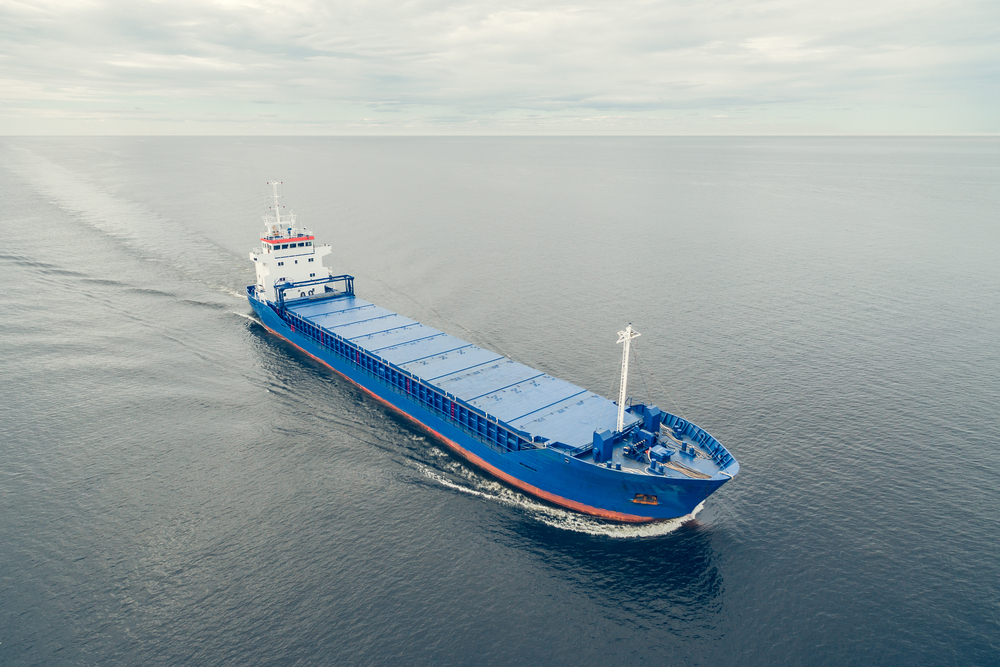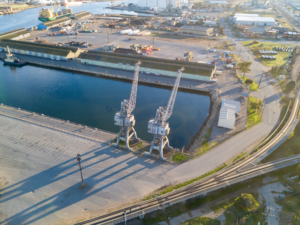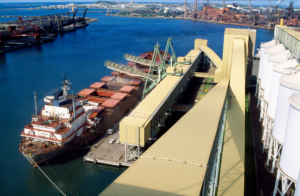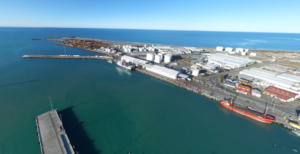Ensemble turning-point water level predictions for uncertainty estimation for short-horizon planning and risk assessment
This paper describes a probabilistic approach to achieving improved water level predictions, designed for use in ship movement planning. The short-horizon prediction of water levels and storm surge anomaly can have significant economic implications for port shipping operations. Accurate assessment of the uncertainty in the water level predictions, particularly around tidal high water turning points, can enhance the prediction of maximum sailing drafts and improve the reliability of predicted windows of opportunity for safe transit through depth-constrained shipping channels. In the presence of tidal oscillations and storm-surge anomalies, this approach for estimating water levels uses the astronomically determined turning points (i.e. at local high and low waters) as the reference points for comparison with observed water levels.
The apparent time-shift (lag) and height offset (residual) of the observations compared to the astronomical time series are used to determine climatic distributions. Together with a persistence model, these distributions are then used to generate a time-series ensemble to span the risk assessment forecast horizon, typically six to 96 hours. The data model has been designed to be able to incorporate external predictors such as those produced by numerical models. Included in this paper is a description of the principles of the methodology and a case study of its application to the Port of Weipa in Queensland, Australia.
Click here to read the full article: https://omcinternational.com/wp-content/uploads/2010/06/Coasts-Ports-2015-Ensemble-turning-point-water-level-predictions-for-uncertainty-estimation-for-short-horizon-planning-and-risk-assessment.pdf



